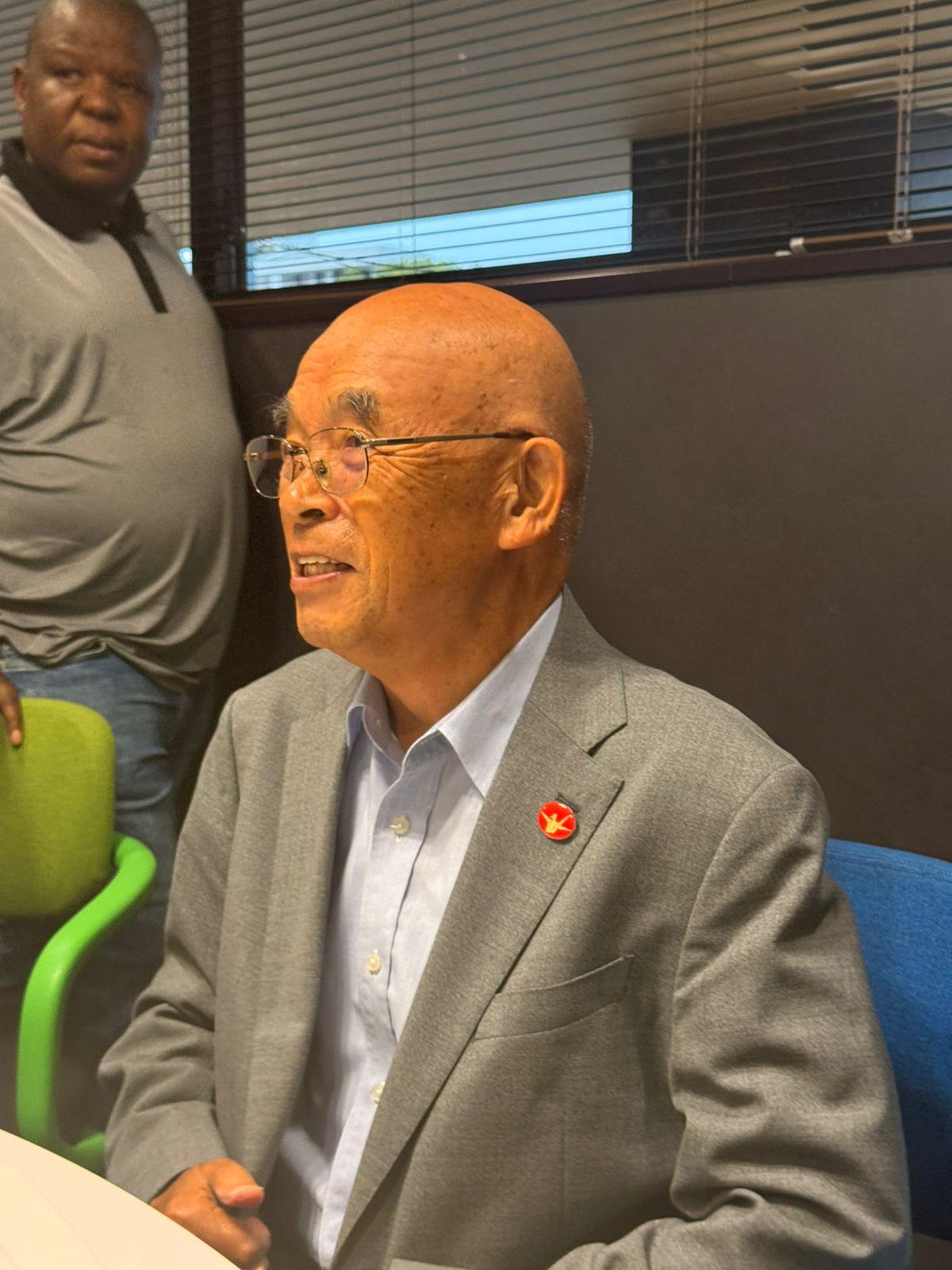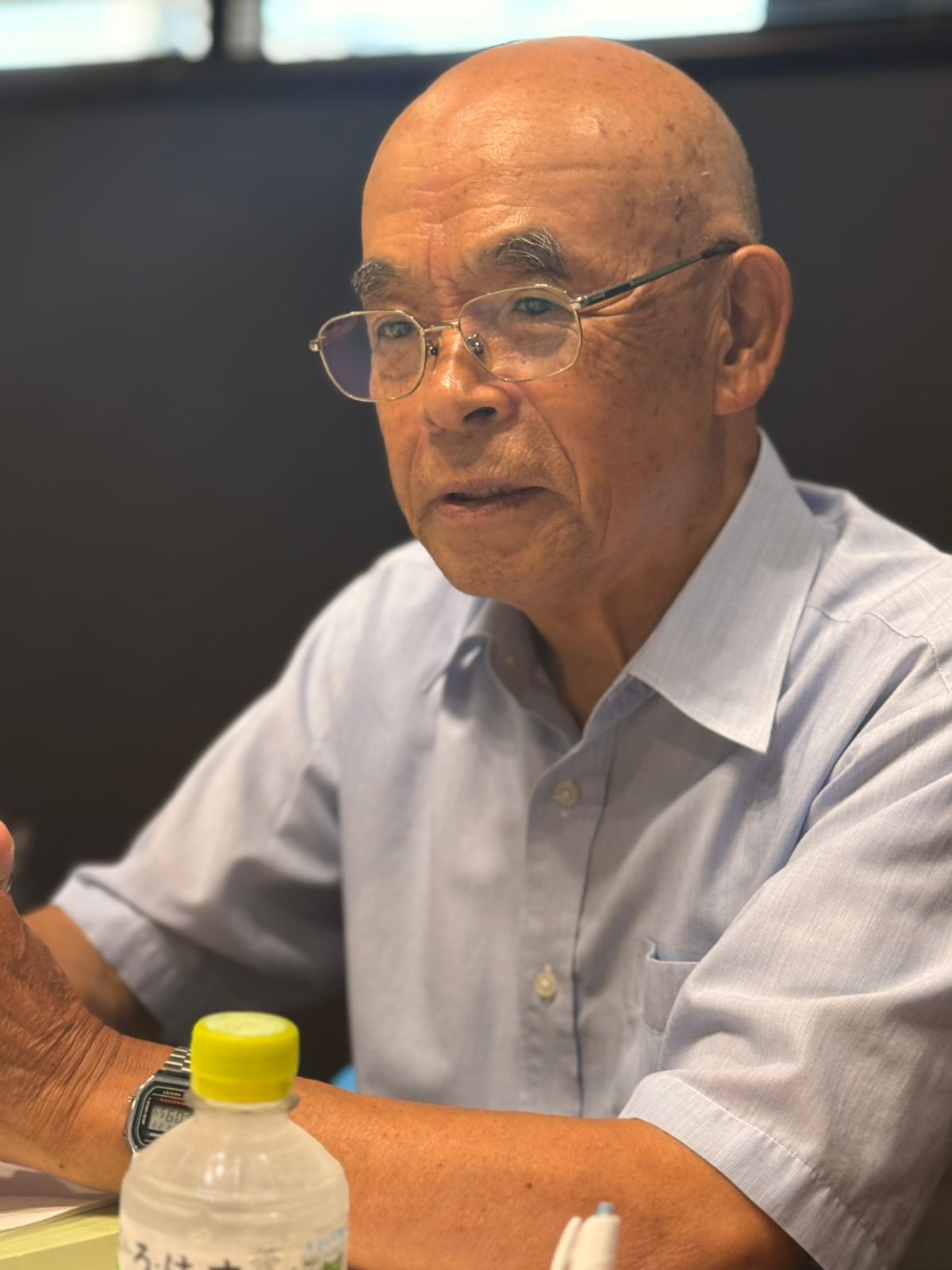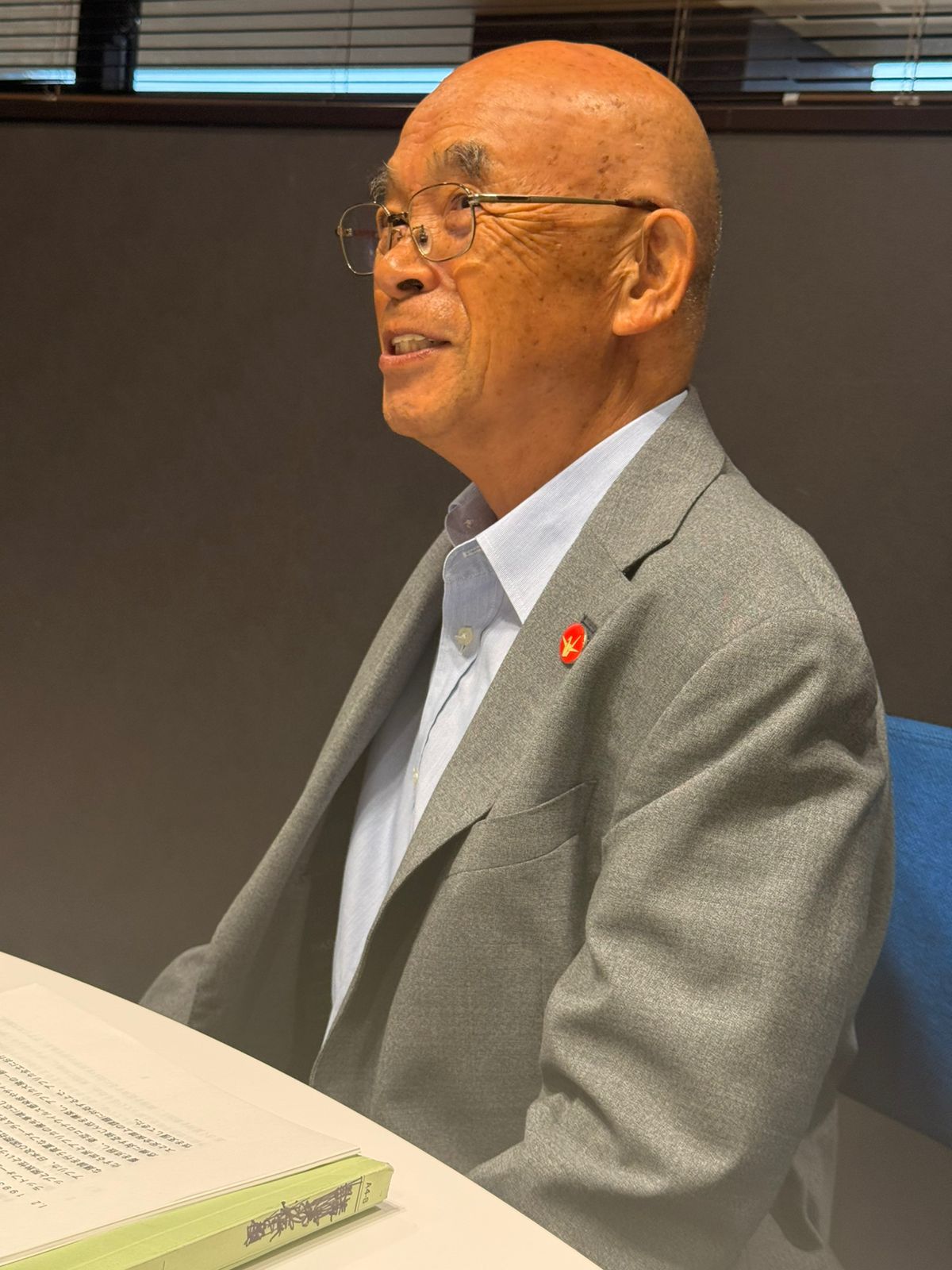

In the heart of Hiroshima, where the echoes of a tragic past intertwine with the promise of peace, Kinhiko Sakura stands as a living testament to resilience and hope.
Born just months before the atomic bomb fell on August 6, 1945, Kinhiko was three kilometers from the epicenter when the world as he knew it was obliterated.
Now, as the director of the Hiroshima Council of A-Bomb Sufferers Organisations, he dedicates his life to advocating for survivors like himself and ensuring that the lessons of Hiroshima are not forgotten.
On that fateful day, Kinhiko’s family of six was shattered. His father was away at work, four kilometers from the blast, while his mother held him close in their home.
“No one knew it was an atomic bomb," Kinhiko recalls, his voice heavy with emotion.
“We had no idea what to do or the effects we were exposed to. My mother carried me to a shelter established hours after the bombing, and as we moved, we both faced radiation exposure,” he added.

Their home was reduced to rubble, a haunting landscape of charred bodies and debris. In the immediate aftermath, the once-thriving city of Hiroshima, with a population of around 350, was transformed into a ghost town.
“My sister died of hunger soon after the bomb," Kinhiko said, his eyes glistening with unshed tears.
“It was painful to see others, especially children, suffering and wasting away."
The devastation extended beyond physical destruction; it marked the beginning of a long struggle for survival.
As Kinhiko grew, the consequences of that day manifested in dire health issues.
By the age of eleven, he could no longer attend school, suffering from kidney and liver problems that plagued many survivors.
His mother, too, fought a relentless battle against cancer, a struggle that ultimately took her life.
“I believe her breast cancer and the surgeries she underwent were caused by the bomb," he said, pain etched in his eyes.
His father, too, was not spared, succumbing to gastric cancer and lung disease.
The stigma surrounding survivors created an additional layer of suffering.
“I never spoke about my experience because of the fear of being judged," Kinhiko shared.
“When I moved to Tokyo, I fell in love, but my girlfriend's mother warned her against marrying me because I was a survivor. That rejection affected me deeply,” he stated.
Despite these struggles, Kinhiko found purpose in his pain. As the director of the Hiroshima Council of A-Bomb Sufferers Organisations, he has become a powerful advocate for peace and a voice for the survivors.
"The government offers some medical assistance, but it is insufficient," he stated.
Eight decades have passed, yet the effects of the bomb linger on. His mission is clear: to abolish nuclear weapons globally.
"The devastation they cause is unimaginable. We must educate the world about the long-term effects of nuclear warfare."

Today, Hiroshima's Peace Memorial Park stands as a poignant reminder of the past and a symbol of hope for the future.
What was once a scene of unimaginable horror is now a serene space filled with memorials and monuments dedicated to the lives lost on that tragic day.
The park features the iconic Atomic Bomb Dome, a skeletal structure that survived the blast, serving as a haunting reminder of the city's destruction.
Visitors from around the world come to pay their respects and learn about the consequences of nuclear warfare.
The peace park has evolved into a global symbol of the fight against nuclear weapons.
Each year, on the anniversary of the bombing, thousands gather to remember the victims and renew their commitment to peace. Kinhiko often speaks at these events, sharing his story and urging the world to take action.
“We gather not just to remember, but to ensure that such horrors are never repeated," he emphasised passionately.
Kinhiko’s advocacy extends beyond Japan. He connects with survivors worldwide, sharing experiences and struggles.
Survivors in places like Nagasaki, as well as those affected by nuclear tests in other countries, face similar battles with health issues, discrimination, and loss.
“We are all part of the same story," he said, highlighting the need for global solidarity among survivors.
As he reflects on his journey, Kinhiko embodies resilience. He carries the weight of his past not as a burden but as a call to action.
"We cannot forget Hiroshima. It is a lesson for humanity," he insisted. "Japan, having suffered so deeply, must lead the charge for nuclear abolition."




![[PHOTOS] Kindiki leads economic empowerment forum in Wajir](/_next/image?url=https%3A%2F%2Fcdn.radioafrica.digital%2Fimage%2F2025%2F08%2F5a14de4c-c863-48bb-819d-36f1f26ae789.jpeg&w=3840&q=100)







